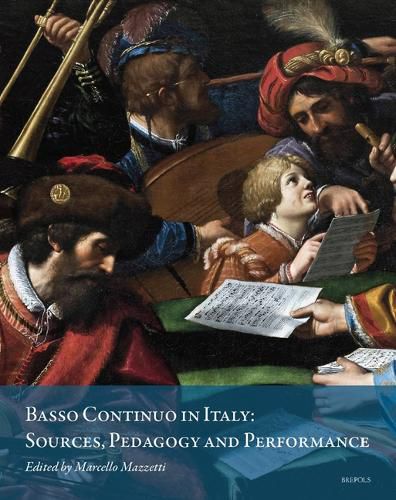Readings Newsletter
Become a Readings Member to make your shopping experience even easier.
Sign in or sign up for free!
You’re not far away from qualifying for FREE standard shipping within Australia
You’ve qualified for FREE standard shipping within Australia
The cart is loading…






The volume explores the long-lasting phenomenon of basso continuo in the Italian peninsula, from its origins - i.e. from the "regole per suonare sopra il basso" which collects and develops the contrappunto alla mente's legacy - up to the late partimento pedagogy. In addition to a bibliographic update, the volume presents case studies providing the reader with new information on performative contexts and performance practice between the sixteenth and nineteenth centuries, and shedding new lights on sacred and secular genres and repertoires cultivated in churches, theatres, academies, noble chambers and domestic environments. Particular attention is given to the relationship between counterpoint, improvisation and instrumentation, to the analysis of primary sources in relation to book formats and the type of notation chosen to convey the accompaniment. Furthermore, a few chapters focus on peculiar issues of accompaniment pedagogy according to unpublished or neglected sources.
$9.00 standard shipping within Australia
FREE standard shipping within Australia for orders over $100.00
Express & International shipping calculated at checkout
The volume explores the long-lasting phenomenon of basso continuo in the Italian peninsula, from its origins - i.e. from the "regole per suonare sopra il basso" which collects and develops the contrappunto alla mente's legacy - up to the late partimento pedagogy. In addition to a bibliographic update, the volume presents case studies providing the reader with new information on performative contexts and performance practice between the sixteenth and nineteenth centuries, and shedding new lights on sacred and secular genres and repertoires cultivated in churches, theatres, academies, noble chambers and domestic environments. Particular attention is given to the relationship between counterpoint, improvisation and instrumentation, to the analysis of primary sources in relation to book formats and the type of notation chosen to convey the accompaniment. Furthermore, a few chapters focus on peculiar issues of accompaniment pedagogy according to unpublished or neglected sources.